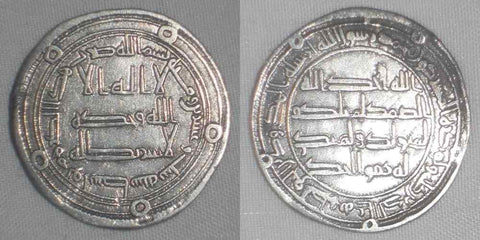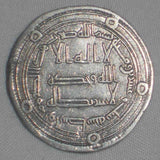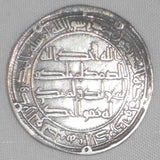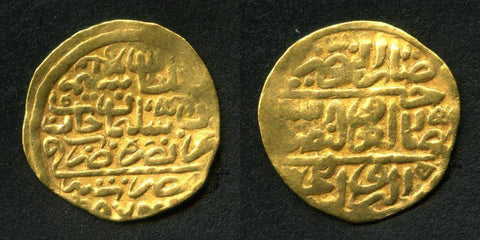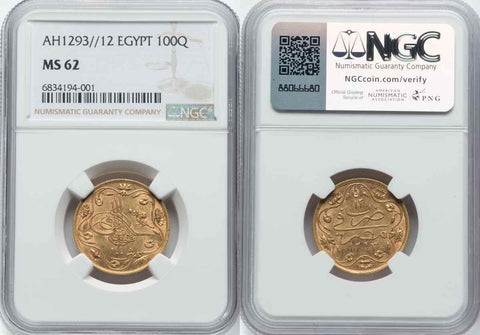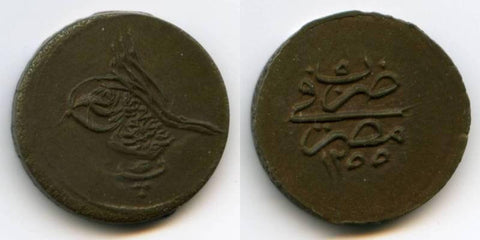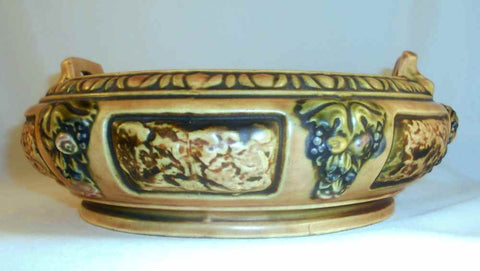Scarce 743 Islamic Coin Umayyad Silver Dirham al-Walid II Minted in Wasit 126 AH
Description: A nicely toned extremely fine or better Umayyad silver dirham struck in 126 AH (743 AD) during the short reign of the Caliph al-Walid II son of Yazid II. Al-Walid II ruled the Islamic world in the period 126-127 AH (743 AD) and was assassinated in early 744. Al-Walid II succeeded his uncle Hisham ibn Abdel Malik. This beautiful coin has light toning and clearly shows the mint location as being al-Wasit and the year of minting as being 126 AH. According to Steve Album, this is the only coin that can be definitely attributed to al-Walid II, because it was struck in Wasit and has 5 annulets in the margin. It is Album 138. A coin with a very pleasing appearance, great eye appeal, and looks much better than the photos suggest. Please carefully review the photos as they are part and parcel of our description.
Date: Struck 126 AH or 743 AD.
Mint: The coin clearly indicates the mint as al Wasit in current day Iraq.
Size and Weight: This is a silver dirham, weighs ~2.8 grams and is ~24 mm in diameter.
References: It is Album 138, listed in Lane Poole Catalogue of the Collection of Arabic Coins Preserved in the Khedivial Library in Cairo Egypt as number 237-240, and is listed in Wilkes as #297.
Condition: I would grade this coin as extremely fine or better with a well centered strike and beautiful Calligraphy. The coin is nicely toned with a rather warm grayish toning. It has minor wear throughout commensurate with its age and circulated status. It also has an area of imbedded soiling at 12 to 3 o'clock on the reverse which shows as darker coloration in the photos. Other than that, the coin is very readable and its calligraphy is well struck. It is much better than the scan suggests. Please see photos to appreciate the quality of this coin and for additional condition information.
Historic Perspective: The Muslim Arabs used existing gold and silver coinage in lands they conquered. At that time the nascent Islamic nation did not have a monetary system and did not strike neither gold nor silver coins, instead the conquering Arabs used the Byzantine monetary system already existing in Egypt for most of the gold coins and the Sassanian monetary system already existing in Iran for most silver coins with minor modifications. In 77 AH (699 AD) Abd al-Malik Ibn Marwan the Umayyad caliph instituted a monetary system and began striking the first Islamic coins including the gold Dinar. The dinar weighed 4.25 grams, or one mithqal, of the highest purity gold possible. At the time the center of power and the main gold coin mint was located in Dimishq (current day Damascus in Syria).

